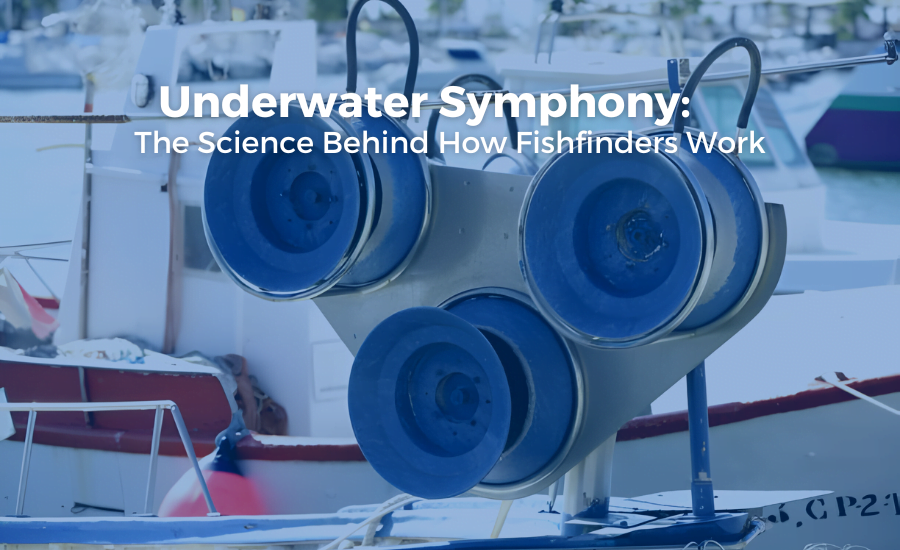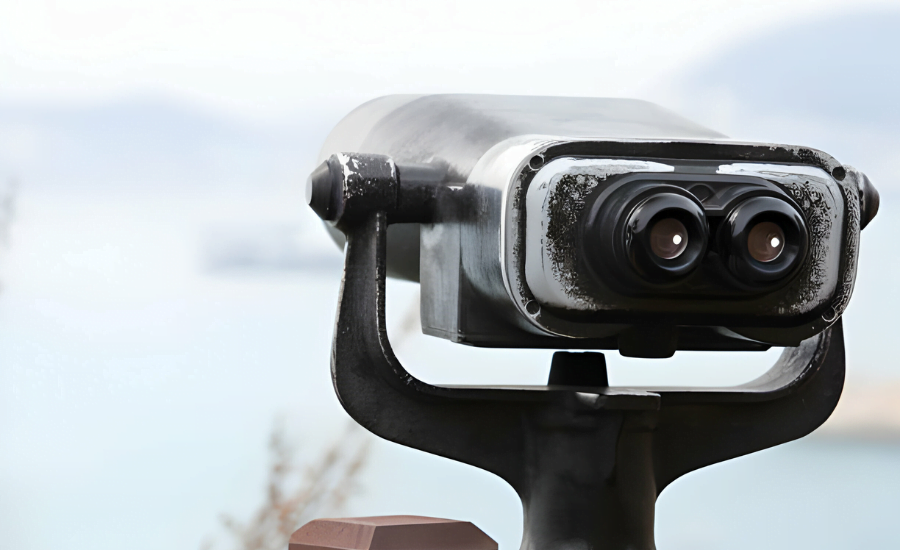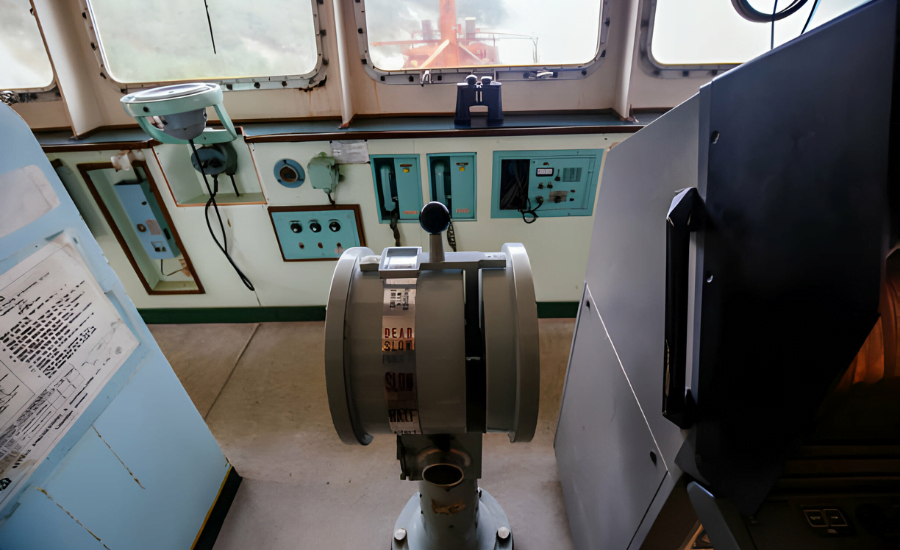
Have you ever wondered how fishfinders can magically peer beneath the surface and spot fish swimming below? You’re not alone. Fish Finding technology seems almost mystical, like some sort of underwater sixth sense. But in reality, it comes down to some pretty fascinating science. Modern fishfinders use sonar, which emits pulses of sound underwater and listens for the echoes that bounce back.
By measuring the time it takes for the echoes to return and the loudness of the sound, fishfinders can detect the location and size of fish, terrain features, and more. Whether you’re in the market for a portable fishfinder to toss in your tackle box or a high-powered model to mount on your boat, understanding how these devices work their fish-finding magic can help ensure you end up with a product perfectly suited to your needs.
The future of fish finding is only going to get more advanced, with higher resolution, smarter target identification, and more, so buckle up – the world beneath the waves is about to get a whole lot clearer.
What Is a Fishfinder and How Does It Work?
A fishfinder is a sonar device that uses sound waves to locate fish underwater. It sends pulses of sound, called sonar, into the water and listens for the echoes that return. By measuring the time it takes for the echoes to return and the strength of the echoes, it can determine how deep the water is and if any fish are swimming around.
The most common types of fish finders are:
- Single frequency: Basic models that provide basic depth and fish detection. Good for casual anglers.
- Dual frequency: Uses both high and low-frequency sonar for more accurate readings. The high frequency provides better resolution, while the low frequency can reach deeper depths.
- Networked: Links multiple sonar units for expanded coverage. Useful for professional anglers and tournament fishing.
- CHIRP: Uses a swept frequency sonar pulse instead of a single frequency. Provides the most detailed images and can detect fish in dense cover or deep water. Ideal for serious anglers.
Fishfinders continue to get more advanced, with higher resolution displays, built-in maps, GPS, and Wi-Fi connectivity. The future may include side-scanning sonar, 3D displays, and augmented reality that overlays sonar data onto live video.
While technology improves, the basic science remains the same. Sound waves travel through water, bounce off objects like fish, and return echoes that the fish finder uses to create an underwater view and find where the fish are hiding. With the variety of affordable, high-quality fish finders available today, there’s no reason why any angler can’t experience this underwater symphony.
Types of Fishfinders: Down Imaging, Side Imaging and 3D Imaging

Whether you’re fishing in shallow lakes or deep seas, a fishfinder can help locate fish and structures below the surface. Fishfinders use sonar technology to detect the presence of fish and map the contours of underwater terrain. There are a few main types of fishfinders:
Down Imaging
Down-imaging fish finders send a narrow sonar beam directly below your boat to provide a crisp, high-resolution picture of what’s happening deep down. These detailed scans allow you to spot fish and see structures with stunning clarity. Down imaging is ideal for fishing in clear water or when you need an ultra-focused view of the bottom.
Side Imaging
Side imaging fish finders emit sonar beams to the port and starboard sides of your boat, creating a panoramic scan of the underwater environment. These wide-angle views let you see fish and structures up to 200 feet away from your boat. Side imaging is perfect for finding fish-holding spots over a large area. You can cruise over drop-offs, weed lines, and reefs to detect fish locations and spot prime fishing hotspots.
3D Scanning
The latest fish finders combine down and side imaging with sophisticated software to construct 3D maps of the underwater terrain. These high-tech fishfinders stitch together multiple sonar views into a three-dimensional representation of the bottom, complete with fish and structure targets. 3D scanning provides the most vivid and information-rich perspective, allowing savvy anglers to visualize the entire underwater landscape and find the best locations for dropping a line.
The future of fish finding is bright. As technology improves, fishfinders will continue to enhance our underwater vision and change the way we fish. But no matter how advanced the electronics become, the thrill of the catch will always depend on an angler’s skill and intuition on the water.
The Science Behind Fishfinder Frequencies

Fishfinders work by transmitting ultrasonic sound waves into the water and then listening for the echoes that return. The frequencies used determine how deep the sound waves can penetrate and the level of detail provided.
Low Frequency
Lower frequency sonar, between 50 to 200 kHz, penetrates deep water but provides limited detail. The wider beam angle, like a spotlight, illuminates a large area but the resolution suffers. Low frequency is good for locating schools of fish in deep lakes or offshore. For most anglers, a dual frequency transducer covering both low and mid-range is a versatile choice.
Mid-Range Frequency
Mid-range sonar of 192 to 455 kHz offers a balance of depth penetration and detail. The narrower beam, like a flashlight, provides better target separation so you can distinguish between fish, structures and the bottom. This range is ideal for a mix of deep and shallow fishing in both fresh and saltwater. Many fishfinders offer selectable dual or even multiple frequencies so you can choose the right depth and level of detail for current conditions.
High Frequency
Higher frequencies of 455 kHz and up provide the greatest level of detail but limited depth penetration. The tight beam, like a laser, gives precise target information but can only reach down to about 200 feet. High frequency sonar is best for very shallow water, ice fishing or vertical jigging where pinpointing fish locations and monitoring lure dropbacks is important.
The future of fish finding is in broadband sonar, using a range of frequencies simultaneously for maximum depth and detail, and integrating GPS data to create detailed 3D underwater maps. As technology improves, fishfinders are becoming increasingly sophisticated tools for unlocking the underwater world. But at their core, they still work by creating an “underwater symphony” of sound.
The Evolution of Fish Finder Technology

The fish finder has come a long way since its inception in the 1950s. Early models were basic flasher units that measured depth and identified targets. Today’s fishfinders are highly advanced sonar systems that show detailed images of underwater terrain, baitfish, and game fish so you can find the perfect spot.
Downscan and Sidescan Sonar
The latest fishfinders use high-frequency sonar, like downscan and sidescan, to create near-photographic scans of the water below and to the sides of your boat. Downscan sonar points straight down, providing a highly detailed image of the bottom structure directly under your boat. Sidescan sonar points outward from each side of the boat, scanning a wide area to locate drop-offs, humps, brush piles where fish may hide. These crisp, high-resolution scans help you spot fish-holding structures that older sonar may have missed.
CHIRP Sonar
CHIRP sonar, or Compressed High-Intensity Radar Pulse, is another advanced sonar technology found in modern fishfinders. CHIRP sonar sends a sweeping range of sonar frequencies which provides a wider range of information. This results in more precise fish arches and baitfish schools on the display, with less noise and interference. CHIRP also allows the fishfinder to distinguish between bait fish and game fish so you know where to drop your line.
The Future is Now
Fishfinder technology continues to push boundaries. Manufacturers are experimenting with 3D sonar imaging, higher frequency ranges, and wireless connectivity. Smartphone apps can already connect to some fish finders allowing you to view sonar readings right on your phone. As technology progresses, fishfinders will become even more powerful tools for finding fish. The underwater world will become more transparent and accessible, giving anglers an unparalleled view into the habitats and behaviour of their quarry.
The fish finder has opened up an underwater world that was once invisible to us. Modern sonar technologies provide stunning details of the terrain below and all the fish swimming within it. As fishfinders become more advanced, anglers gain greater insight into the hidden depths and can spend less time searching and more time fishing.
Conclusion
You’ve now been given a glimpse into the underwater world that fishfinders unlock. What was once a mystery beneath the surface can now be revealed with the click of a button. As fishfinder technology continues to advance, these devices are becoming more affordable, portable and packed with features. Who knows what the fish finders of the future may enable – perhaps even live streaming video or the ability to detect fish in deeper, darker waters. Lastly, the underwater symphony is playing, you just have to tune in. So next time you’re out on the water, turn on your fishfinder, drop a line in and enjoy the show. The fish are waiting.










